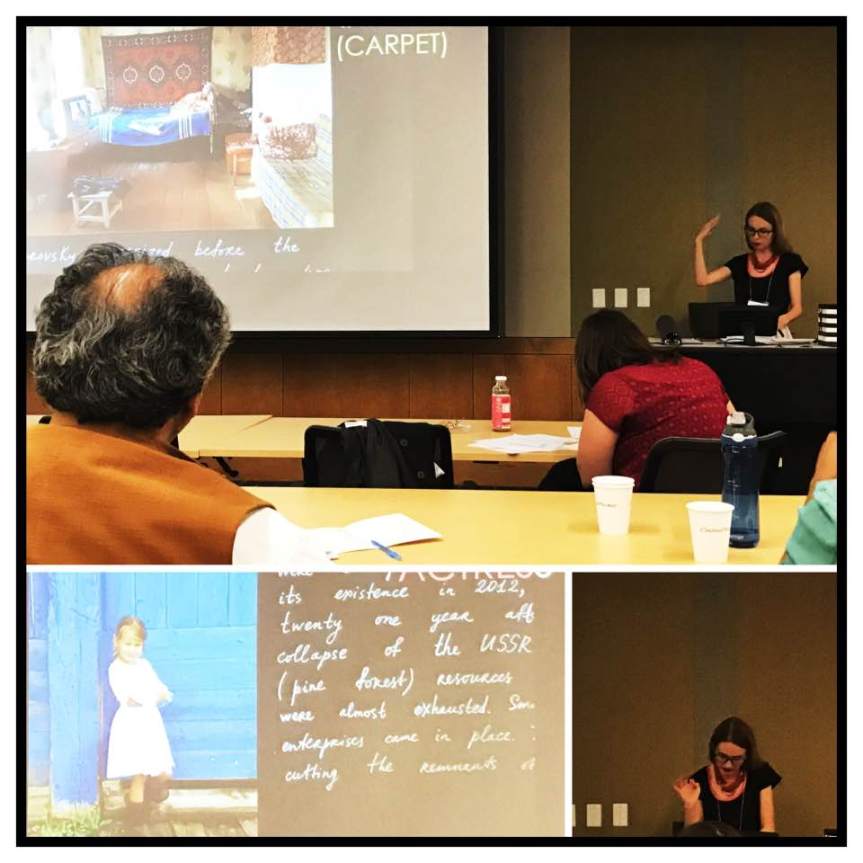What could be learned by “learning from Lagos” (Gandy, 2005) a megalomaniac city stretched as a “continuous urban corridor” (Davis, 2004, 73), “the biggest continuous footprint of urban poverty on earth” (Davis, 2004, 76)?
First, that things are not what they appear to a Western eye, which vision is predicated on linguistic ideologies of post-Enlightenment ethnocentrism, privileging “a single conception of the good” (Scott, 1999, 220): what appears to be an agglomeration of squalor, dirt, debris, detritus, rubble, garbage, and ruins, turns out to be “heaps of similar materials and colors. The actuality taking place was actually not a process of sorting, dismantling, reassembling, and potentially recycling” (Koolhaas, 2002, 117)—the reality which merits two “actual” in the sentence, in a tautology perhaps subconsciously reflecting on the surprising quality of such discovery. Hence the inadequacy of habitual Western tools of dealing with the new worlds, emerging cities and futures, which resist being captured and described in categories and notions of “traditional” architecture as well as social thought. And therefore, there is a need of new lexical inasmuch as socio-political apparatus of cognition in order to dealing with the alternative reality of what Davis calls “urban poverty ‘Big Bang’” (Davis, 2004, 77). I am sympathetic with this claim, but I am unsure how we can say that our tools of thought are not applicable if for saying so we use these exact tools of thought—linguistically, politically, socially, culturally, and otherwise.
The practical approach to postcoloniality requires a new language, a new subject grappling with the legacy of the colonial, imperial world saturated with metropolia-periphery and colonizer-colonized dichotomies. New kind of figures emerge in the process of “self-fashioning,” to use Scott’s impression. It is not a Benjaminian flâneur who takes precedence over political imagination of bourgeoisie expurning out of its stratum a city dweller, but Fanonian ruud bwai (rude boy), as David Scott offers (Scott, 1999, 195)—young, black, impoverished, angry, armed with hand-made or illegally acquired armor. Ruud bwai is the masculine figure whose body, by very virtue of its untamed existence, becomes a site of violent struggle with the colonial implications in the process of confrontation of the new kind of selves: colonial versus post-colonial subject, rather than colonized versus colonizing subject. A native of the urbanity for the conversation of whom the current language and mindset of social science is dramatically lacking in precision, the inhabitant of the new loci of “collective dwellings” (to use Benjaminian expression for the lack of a better term), such as dancehall, in a seeming disorder of movement, rhythm, gesture, and movement, which, again, might turn out to be just a new type of order, a clandestine order of things.
The rapid post-industrial urbanization that the Third World lives through, was once a utopian project of Soviet empire. After the construction of Bratsk dam in Eastern Siberia in 1961, for the clearing of territories for the Bratsk reservoir (currently the second-largest people-created water reservoir on the planet), in the Bratsk district alone sixty-three settlements were consolidated into six towns (Chepel, 2014), as the state plans of consolidation were moving inhabitants of the villages into newly built urban-type settlements of what might be called “nascent urbanity,” the prospective cities of the future. Half a century later, with the dismantling of the Soviet project, these prospective cities represent the zones of abandonment. Not only the economic dream of prosperity was not fulfilled, but the transformation of environment in the absence of infrastructure led to revelation of the bare bones of Russian neoantiliberalism in a very literal sense. The level of water in the Bratsk reservoir have been lowering down for the last three years for reasons not altogether known. Aside from barren shore, of rock and stone, appearing from under the water, old cemeteries were being exposed, graves burst open. In a number of rural places, during the summer of 2016 one could see bucolic and Apocalyptic landscapes: children playing with skulls and bones on the shore of the retreating river.
Thus “rural-urban continuum” (Davis, 2004, 73) undergoing a social and ecological transformation, unfolds as a theater of a spectacularly uneven distribution of power, income, and rights. Which in different sense (that connected to a massive outburst of population and to a slow dwindling down of a community, respectively) is likewise apparent in slums of Lagos and streets of a Siberian village.
References
Davis, Mike. Planets of Slums. New Left Review, 26 March-April 2004.
Gandi, Mathew. Learning from Lagos. New Left Review, 33 May-June, 2005
Chepel, M. Preparing the Bed of Bratsk Hydro Power Plant Reservoir for Water-Flooding of a First Stage (1956 – 1961). Thesis. Bratsk, 2014.
Koolhas, Rem. “Fragments of a Lecture on Lagos” in Under Siege Four African Cities, 2002.
Scott, David. Refashioning Futures: Criticism after Postcoloniality, 1999.






